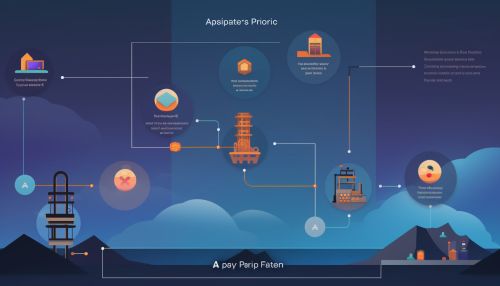OpenAPI Version 3
Overview
OpenAPI Specification (OAS), formerly known as Swagger, is a specification for machine-readable interface files for describing, producing, consuming, and visualizing RESTful web services. The third version of this specification, released in 2017, brought significant improvements over its predecessor, OpenAPI 2.0, including enhanced support for JSON and YAML, improved parameter descriptions, and new features for security and linking.


History
The OpenAPI Specification was originally known as the Swagger Specification until its renaming in 2016. The Swagger project was initiated in 2010 by Tony Tam, who was working at the time at Reverb Technologies. The specification was donated to the OpenAPI Initiative (OAI), a project of the Linux Foundation, in 2015, and was subsequently renamed to OpenAPI Specification.


Structure of OpenAPI Version 3
OpenAPI Version 3 consists of several key sections, each of which plays a crucial role in defining an API's behavior. These sections include:
- Info: This section provides metadata about the API, such as its title, version, and terms of service.
- Servers: This section specifies the servers where the API is available.
- Paths: This section describes the available paths and operations for the API.
- Components: This section provides definitions for reusable components within the API.
- Security: This section defines security schemes and applies them to the API or individual operations.
- Tags: This section groups operations by tags.
- ExternalDocs: This section provides additional external documentation.


Key Features of OpenAPI Version 3
OpenAPI Version 3 introduced several key features that improved upon the capabilities of OpenAPI 2.0. These features include:
- Improved Parameter Descriptions: OpenAPI Version 3 provides more detailed parameter descriptions, allowing for more precise API documentation.
- Enhanced JSON and YAML Support: OpenAPI Version 3 has enhanced support for JSON Schema and YAML, making it easier to define APIs in these formats.
- New Features for Security and Linking: OpenAPI Version 3 introduced new features for defining security requirements and linking between operations, improving the specification's flexibility and power.


Usage of OpenAPI Version 3
OpenAPI Version 3 is widely used in the software industry to define and document RESTful APIs. It is supported by a range of tools and libraries, including the Swagger UI, ReDoc, and Postman. These tools can generate interactive documentation, client SDKs, and server stubs from an OpenAPI definition, simplifying the process of developing and consuming APIs.


Criticisms and Limitations
While OpenAPI Version 3 has been widely adopted and praised for its improvements over OpenAPI 2.0, it is not without its criticisms and limitations. Some users have noted that the specification can be complex and difficult to learn, particularly for those new to API design. Others have pointed out that the specification does not support some advanced API design features, such as hypermedia controls.


Future of OpenAPI
The future of OpenAPI looks promising, with ongoing work to further improve the specification. The OpenAPI Initiative continues to work on new versions of the specification, with OpenAPI 3.1 released in February 2021. This version further enhances the specification's capabilities, including full compatibility with the latest version of JSON Schema.


